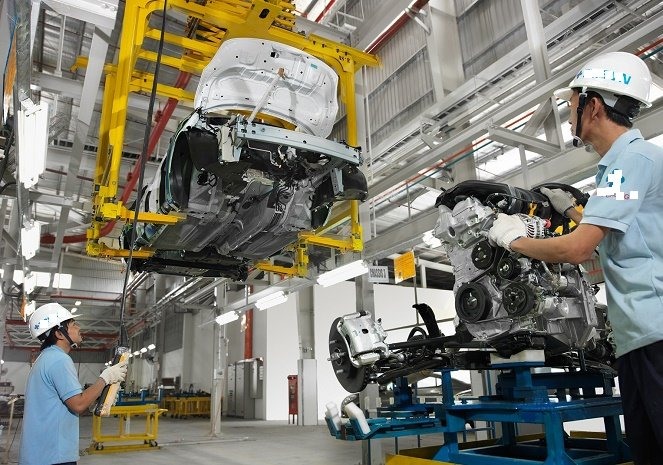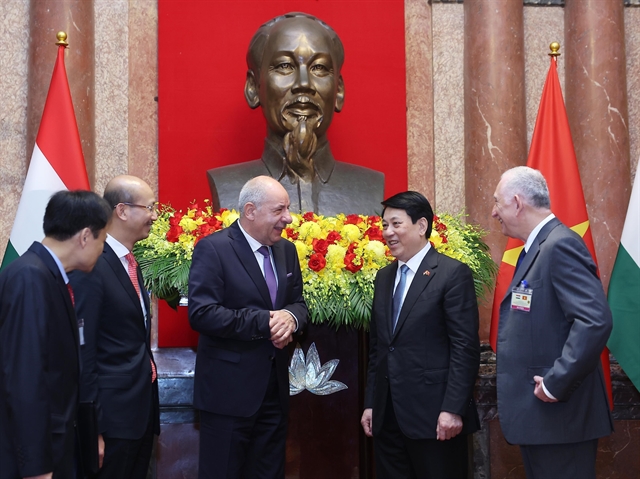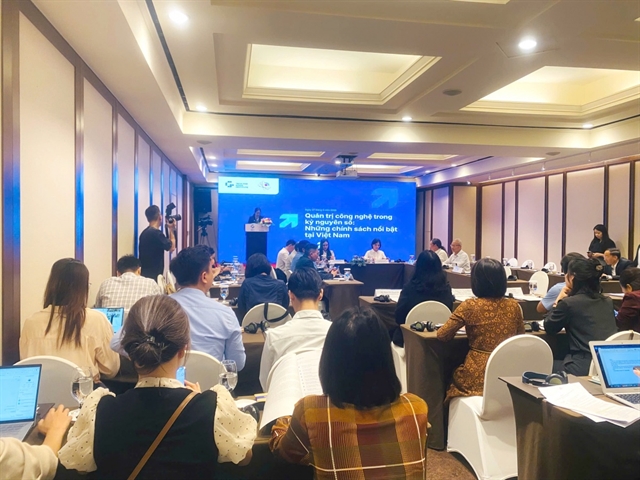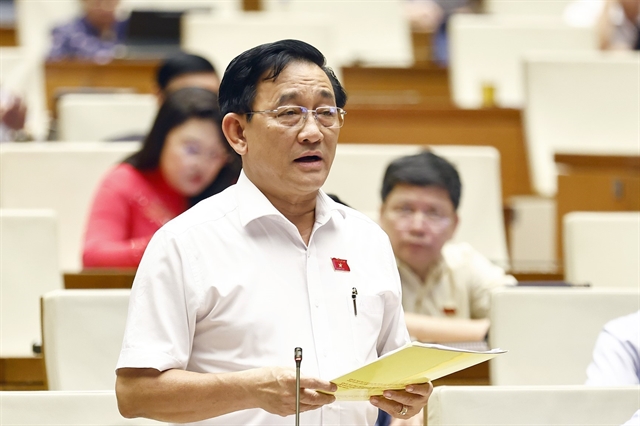 Economy
Economy

The Government aims for the industry and construction sector to account for 30-35 per cent of gross domestic product (GDP) by 2020, according to the country’s new plan for industrial restructuring in the 2018-20 period, signed by Deputy Prime Minister Trịnh Đình Dũng on May 25.
 |
| In the period up to 2025, industry and construction will account for more than 35 per cent of GDP. — Photo tapchitaichinh.vn |
HÀ NỘI — The Government aims for the industry and construction sector to account for 30-35 per cent of gross domestic product (GDP) by 2020, according to the country’s new plan for industrial restructuring in the 2018-20 period, signed by Deputy Prime Minister Trịnh Đình Dũng on May 25.
The plan aims to realise the National Assembly’s resolution on restructuring the economy in the 2016-20 period, including the industry and construction sector.
The plan stipulates that the industrial growth rate must be higher than the GDP growth rate; the proportion of manufactured goods in the total export turnover should reach 85-90 per cent and labor in industry and construction should account for 25-30 per cent of all jobs.
The Government aims for an annual average productivity growth rate in industry of over 5.5 per cent. It also seeks to narrow the gap between Việt
In the period up to 2025, the proportion of processed and manufactured products among total goods exported will remain above 85 per cent and the amount of labor, enterprises and investment in the industry will be higher than in the 2015-20 period.
In order to realise the above objectives, the Government proposed the following key tasks and solutions.
Firstly, the application of advanced technology in production must be strengthened and industrial production must be linked with environmental protection and response to climate change. A roadmap to replace and eliminate obsolete equipment in factories must be built while polluting factories must be shut down.
Secondly, the value chain of products such as textiles, leather, footwear, chemicals, food and electronics must be upgraded to increase value-added and the ability to participate in the global production network must be enhanced in order to effectively exploit recent free trade agreements.
Thirdly, priorities should be given to develop the domestic steel industry; plants should use environmentally friendly technologies; small-scale steel mills and rolling mills, backward technologies and inefficient use of resources must be reduced and the sustainable use of energy must be promoted.
Lastly, trade promotion and brand development for Việt









